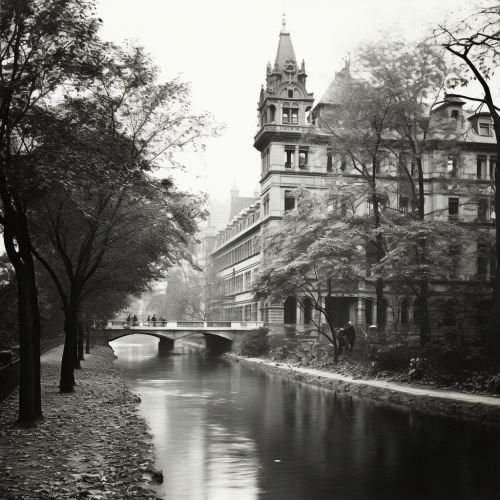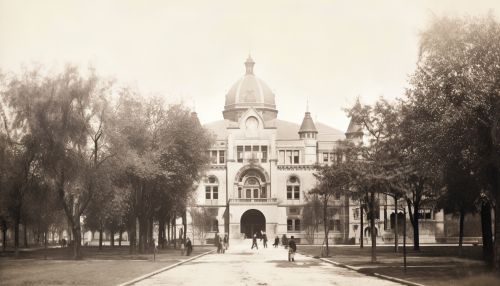Werner Heisenberg
Early Life and Education
Werner Heisenberg was born on December 5, 1901, in Würzburg, Germany. He was the son of Dr. August Heisenberg, a secondary school teacher of classical languages, and his wife, née Anna Wecklein. The family later moved to Munich, where Heisenberg's father was appointed as a professor of Greek philology at the University of Munich.
Heisenberg attended the Maximilians-Gymnasium in Munich from 1911 to 1920, where he received an excellent education, particularly in the classics. His scientific interests were sparked by demonstrations in physics and, in particular, by a student laboratory in astronomy.
In the winter semester of 1920, Heisenberg began his studies in physics at the University of Munich. He was particularly influenced by his teacher Arnold Sommerfeld, a theoretician and one of the pioneers of quantum theory. Sommerfeld introduced Heisenberg to the mathematical methods of theoretical physics.


Career and Research
In 1923, Heisenberg completed his doctorate under Sommerfeld. His doctoral thesis was on turbulence in fluid streams. In the same year, he went to Göttingen as an assistant to Max Born, who was a professor of theoretical physics and a leading figure in the development of quantum mechanics.
In 1925, Heisenberg developed the matrix mechanics formulation of quantum mechanics, which marked the beginning of his rise to fame in the physics community. This work was a significant breakthrough in the development of quantum mechanics and was the first of Heisenberg's many contributions to the field.
In 1927, Heisenberg formulated the uncertainty principle, which states that the position and momentum of a particle cannot be simultaneously measured with arbitrarily high precision. This principle is a fundamental aspect of quantum mechanics and has profound philosophical implications.
In 1932, Heisenberg was awarded the Nobel Prize in Physics "for the creation of quantum mechanics, the application of which has, inter alia, led to the discovery of the allotropic forms of hydrogen". He was only 31 at the time, making him one of the youngest recipients of the Nobel Prize in Physics.
During the Second World War, Heisenberg was a leading figure in Germany's nuclear energy project, known as the Uranium Project. However, the project did not succeed in developing a nuclear weapon.
After the war, Heisenberg continued his research in quantum mechanics and elementary particles. He also made significant contributions to the development of the field of quantum field theory.
Personal Life and Death
Heisenberg married Elisabeth Schumacher in 1937. They had seven children. Despite the political turmoil and personal hardships he faced, Heisenberg remained deeply committed to his family and his scientific work.
Heisenberg died on February 1, 1976, in Munich, Germany. His contributions to quantum mechanics and his influence on the development of modern physics remain significant to this day.
Legacy
Heisenberg's work has had a profound impact on the field of physics. His matrix mechanics and uncertainty principle are fundamental aspects of quantum mechanics, which has revolutionized our understanding of the physical world.
Heisenberg's name is also associated with the Heisenberg model, a theoretical model that describes ferromagnetism, and the Heisenberg group, a concept in mathematical physics.
In addition to his scientific work, Heisenberg was known for his philosophical reflections on the nature of scientific knowledge and the role of the observer in quantum mechanics. His ideas have influenced not only physicists but also philosophers and historians of science.
